In 1992 – ten years after the opening of EPCOT Center – the end of General Motors’ sponsorship was in sight. Even by the early 1990s, the landscape of EPCOT Center was changing.
Consider, for example, all the changes that would begin the very next year. In 1993, Kraft would drop its opening-day sponsorship of The Land, with Nestlé arriving to pick up the pieces. That same year, General Electric would leave for good, dooming the Lost Legend: Horizons to closure soon after. By the close of the decade, Kodak would leave the Imagination pavilion to wither (a tragic story told in its own standalone feature, Disaster Files: Journey into YOUR Imagination), and MetLife would leave Wonders of Life shortly after, dooming another Lost Legend: Body Wars.
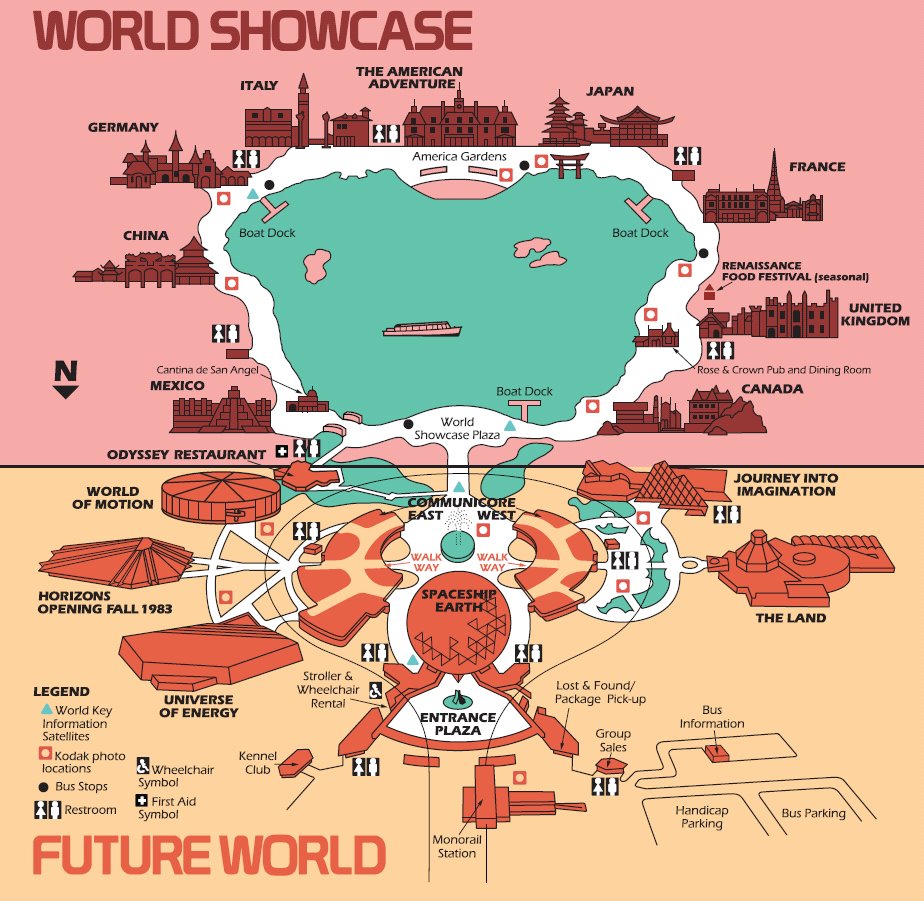
As the first to sign on, GM was also the first to be optioned for renewal. However, in 1992, reported a loss of $23.5 billion – at the time, the largest loss by any U.S. company ever – slashing the price of shares, shutting 21 plants, and putting 70,000 workers out of a job. Put simply, General Motors was in no position to sign on to another long-term commitment with Disney, so they didn’t. Instead, they continued their support for one more year as a trial.
As part of the negotiations, GM was willing to continue its support on a trial, year-by-year basis. GM’s representative also mentioned that if Disney expected the company to sign on to a long-term agreement again, they’d need to consider something a bit more ambitious. It would be impractical for GM to continually sponsor a ride dedicated to the history of transportation. To earn their sponsorship, Disney would need a ride to celebrate the future of General Motors and, more specifically, their cars. And that, they imagined, would mean gutting the pavilion entirely and starting from scratch.
An End to a Beginning
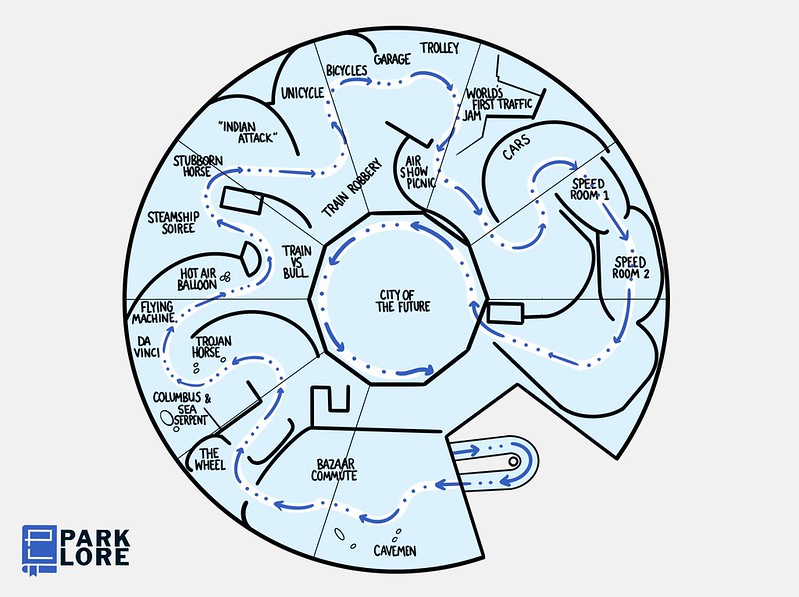
The idea struck a chord.
After all, Disney’s initial concept for EPCOT Center had relied deeply on sponsors to finance pavilions’ construction and – just as importantly – to continuously update their pavilions to keep them cutting edge. But even by the mid-‘90s, it was clear that the sponsorship model was failing. Instead of doubling down their investment to showcase their newest wares, sponsors were leaving at the end of their contracts.
In 1994, Disney officially renamed the park Epcot ’94, then Epcot ’95, before finally settling on plain-old Epcot as the first step toward reinvigorating a park that looked, felt, and was distinctly of the 1980s. A potential floor-to-ceiling reimagining allegedly planned for the park’s Future World would’ve seen an all-at-once character infusion and the replacement of a number of classics with more cutting-edge counterparts.
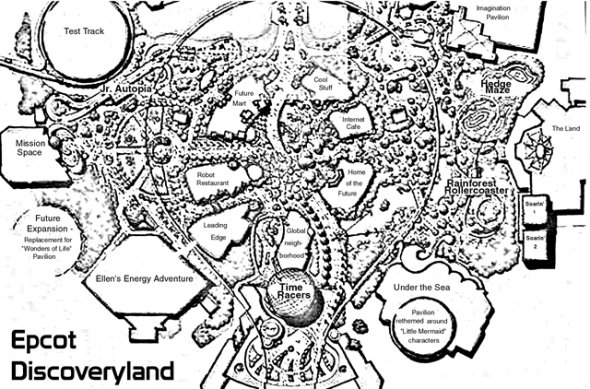
Though that all-at-once reimagining didn’t happen in the ’90s (and indeed, a similarly-scaled transformation go underway only in 2020), piecemeal concepts from the proposed plan did… like the idea of turning World of Motion into a high-speed thrill ride.
World of Motion was scheduled to close forever on January 2, 1996. General Motors executives were on hand to take the final ride. Mid-way through the last ride ever, World of Motion broke down, and the GM executives on-board had to climb out and walk back to the loading area on foot – a deeply ironic “last laugh” finale for a ride based on transportation.
Speaking of Disney’s California Adventure, the underbuilt Anaheim park featured one of the most prominent and short-lived references to World of Motion out there… Amidst the “junk” scattered around its industrial Hollywood Pictures Backlot was a vehicle straight from Tomorrowland’s Peoplemover-replacing Declassified Disaster: The Rocket Rods and…

… a familiar friend from World of Motion.
While it may be hard to consider a “silver lining” to the closure of World of Motion, there was one. Just as World of Motion was shut to begin its transformation, another Lost Legend: Universe of Energy was also closed to become Ellen’s Energy Adventure with Ellen Degeneres. The two simultaneously closed attractions took a major toll on a park infamously short on rides, and decimated traffic flow to Future World East.
To make up for the untimely closures, Horizons was surprisingly re-opened in December 1995, a full year after it was thought to have closed forever… though, of course, it was only temporary. Horizons would remain open until World of Motion’s replacement was ready to go in spring 1997… er… 1998. No, 1999… Uh oh.
TEST TRACK
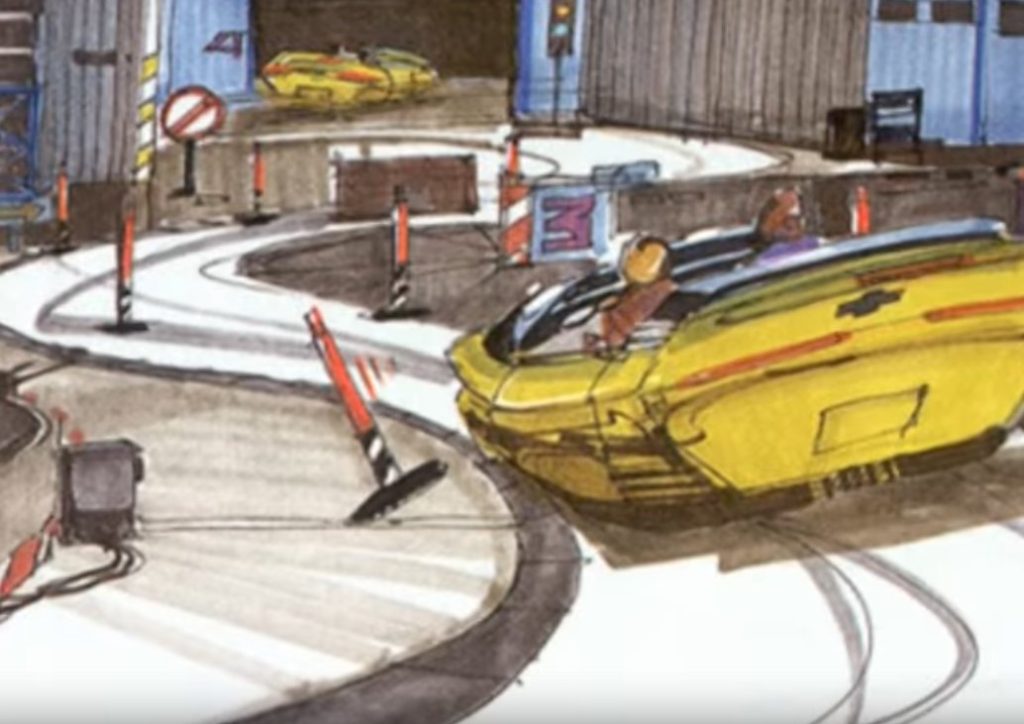
And just like that, Disney Imagineers dusted off their decades-old plans for an attraction focused on prototype vehicle testing, harkening to their trip to the Milford Proving Grounds. The thrilling, modern dark ride that GM and Disney developed would become TEST TRACK, a wild race through a safety testing facility where guests would take on the role of crash test dummies.
On TEST TRACK, riders would get an inside look at GM’s process for ensuring that their vehicles can survive extremes, put “through the paces” in tests measuring maneuverability, braking, weatherproofing, extreme conditions, and acceleration.
But the story of Test Track is one of debilitating mechanical issues, prototype ride systems, and delays. And despite the pomp and circumstance surrounding Epcot’s cutting edge thrill ride, it didn’t last. Disney Imagineers have learned that as quickly as they predict tomorrow, it becomes today… and sometimes, yesterday. The Test Track Disney developed in the mid-90s didn’t hold up and just 13 years after its debut, it, too, was gone… kind of…
That’s why the story really continues in its own must-read entry – Lost Legends: Test Track. You’ll want to make the jump to pick up the story of Epcot’s transportation pavilion as it transformed into Disney World’s fastest ride ever.
Everything Changes
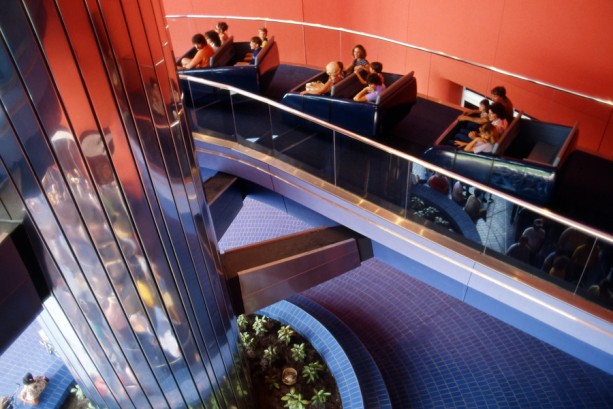
It may well be that World of Motion wasn’t a lynchpin to Epcot’s thesis the way Horizons was.
World of Motion may not have made lifelong admirers like Journey into Imagination.
Maybe its closure wasn’t as destructive to Epcot’s legacy as Maelstrom.
Some may even offer that, of all of Epcot’s closed classics, World of Motion was simply the least consequential. That may be due, in part, to the consensus that its replacement is a wonderful attraction in its own right, and a fitting 21st century look at transportation with a thrill ride that people will queue hours for.
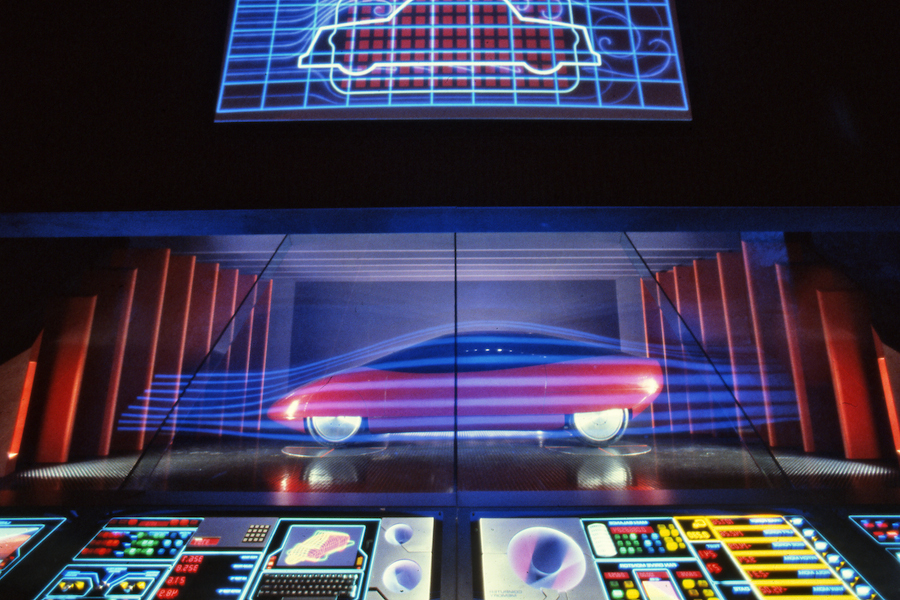
But like each of Epcot’s lost wonders, the end of World of Motion also signaled an end to the park’s once-brave concept and the loss of a major work of art: an opening-day dark ride created by some of Disney’s Imagineering Legends. It was an optimistic, scientific, and sensational look into the past, present, and future of an area of human innovation so sensational, we can’t go a single day without using it. After all, it’s fun to be free.
The story continues in the tale of another Lost Legend: Test Track, a closed E-Ticket in its own right, and we encourage you to explore that tale just the same. Or, pick up with our Lost Legends collection to set course for another closed classic.
But before you do, take a moment in the comments below to share with us… did you get a chance to ride World of Motion? Was this epic dark ride a worthy companion to Spaceship Earth or Journey into Imagination? Or is Test Track a replacement worth the loss? Which masterful scenes do you remember from this Imagineering classic? We can’t wait to read your memories.




With the recent news about Test Track 3, will we be getting a History in Motion part 3? Looking forward to it!